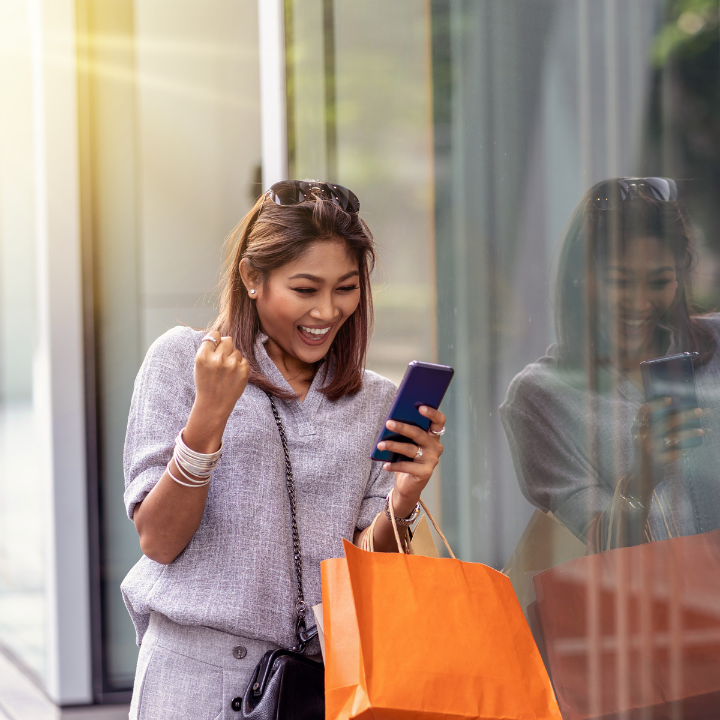Returns are an inevitable part of retail, and there’s been a lot of discussion lately about the need for retailers to create comprehensive returns strategies. But in those discussions, one metric is often ignored–the percentage of consumers who make a purchase after a return. In other words, what percentage of your consumers who make a return stay in-store and make a purchase (or continue to shop online) the same day?
Appriss® Retail research has found that only 5% to 15% of consumers make a purchase after a return during the same store visit. That means a full 85% to 95% of your consumers turn around and walk right back out the door after making a return. Creating a program to keep shoppers in your store–or continue shopping online–represents a huge opportunity to drive incremental sales and increase your margins.
Improving the customer experience
In today’s retail landscape, consumers have high expectations for convenience, speed, and personalized experiences. To meet these expectations and maximize the potential of returns, retailers like Advance Auto Parts are looking for ways to use technology to improve the customer experience at the returns desk. Dale Foster, Director of Asset Protection at Advance Auto Parts, and David Speights, PhD, Chief Data Scientist at Appriss Retail, came together at the recent NRF 2023: Retail’s Big Show for a Big Ideas presentation about Advance Auto Parts’ successful customer engagement program at the point-of-return.
“We realized the need to improve the customer experience at the returns counter, while at the same time, improve our purchase-after-return metric.”
“We knew we had a huge opportunity with returns,” said Foster. “But we never really evaluated the rate of our purchase-after-return. We know that many times when customers have to return something to an auto parts store, they’re dead in the water. The experience can be quite frustrating. They have to get their car up and running, or at least get it up and running safely,” he continued. “We realized the need to improve the customer experience at the returns counter, while at the same time, improve our purchase-after-return metric.”
Advance Auto Parts leveraged Appriss Retail’s Engage Incentive Optimization to create a dynamic, personalized purchase-after-return incentive program. Utilizing Appriss’ unique data analysis, artificial intelligence, and reinforcement (machine) learning, Advance Auto Parts created a bank of incentive offers to be delivered dynamically to consumers who qualify at the point of return.
“We got great feedback from our stores and financially we saw the benefit.”
“In 2020, we decided to launch a pilot program in 200 stores with the Engage capability and it was hugely successful. We got great feedback from our stores and financially we saw the benefit,” Foster said. When the pilot program was complete, the program was rolled out company wide. As the charts below show, after the full roll-out of Advance Auto Parts’ Customer Appreciation program, purchase-after-return rates measured in both percent and dollars increased dramatically as compared to the control locations.

Don’t ignore the potential in returns
Returns are an unfortunate step in a customer’s journey, and if not managed effectively, they can also be the last interaction the customer has with your company. Emphasizing the importance of a customer-centric approach to returns and leveraging advanced solutions like Appriss Retail’s Engage Incentive Optimization can help you turn returns into opportunities to drive growth and build lasting relationships with your customers.





